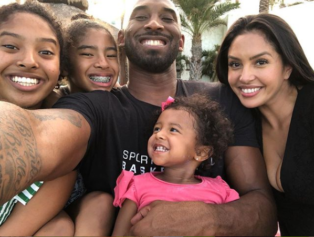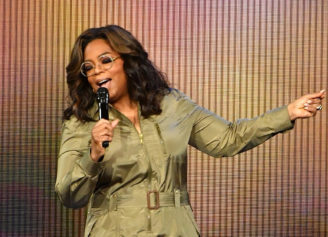In March of 1857, the largest sale of human beings in the history of the United States took place at a racetrack in Savannah, Georgia. During the two days of the sale, raindrops fell unceasingly on the racetrack, almost as if the heavens were crying. In addition to the raindrops, teardrops fell from many of the 429 men, women and children who were auctioned off during the two days. The sale would thereafter be known as “The Weeping Time.”
The Slaves Were Sold by Trustees to Get Their Owner Out of Debt
Pierce Mease Butler, the owner of the enslaved who were sold, inherited his wealth from his grandfather, Major Pierce Butler, one of the largest slaveholders in the country in his time, along with his brother John. One of the signatories of the U.S. Constitution, Major Butler was the author of the Fugitive Slave Clause and was instrumental in getting it included under Article Four of the Constitution. But Pierce had squandered away his portion of the inheritance, losing a rumored $700,000 ($19.3 million in today’s dollars); now he was deeply in debt. He was a gambler who engaged in risky speculations and accrued a considerable amount of gambling debt due to his compulsive card playing. Management of Pierce Butler’s estate was transferred to trustees. Even after his mansion was sold for $30,000 ($826,000 in today’s dollars) and other properties were sold as well, the trustees turned to the Butler family’s 900 enslaved people. Divided into two groups of 450, half would go to the estate of John, who had since died, and remain on the plantations. Of the other 450 — Pierce’s half — about 20 would continue to live on Butler property, and the remaining 429 Black men, women and children were boarded onto railway cars and steamboats and brought to the Broeck racetrack, where each would be sold to the highest bidder.
There Was Excitement in the Air Surrounding the Big Sale
Word of the sale had spread throughout the South for weeks, drawing potential buyers from North and South Carolina, Virginia, Georgia, Alabama and Louisiana. For weeks before the auction, notorious slave trader John Bryan took out ads in papers across the South advertising the sale. All of Savannah’s available hotel rooms and any other lodging spaces were quickly appropriated by the influx of visitors. In the days running up to the auction, potential buyers made daily excursions from the city to the Ten Broeck Race Course, two and a quarter miles west of downtown, to inspect, evaluate and determine an appropriate bid for the human merchandise on display.




